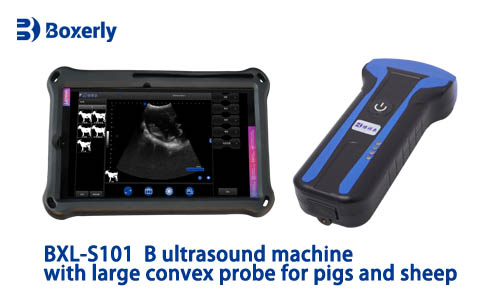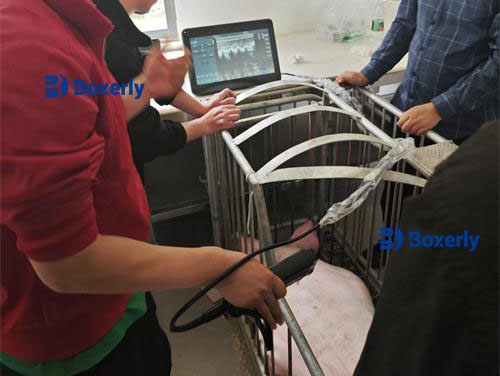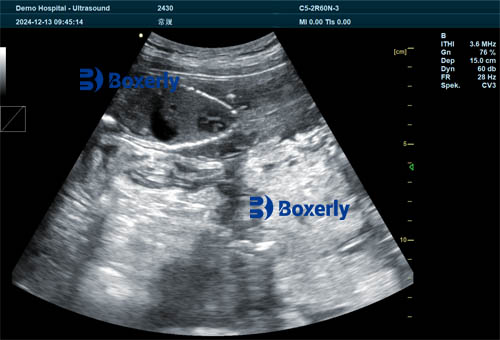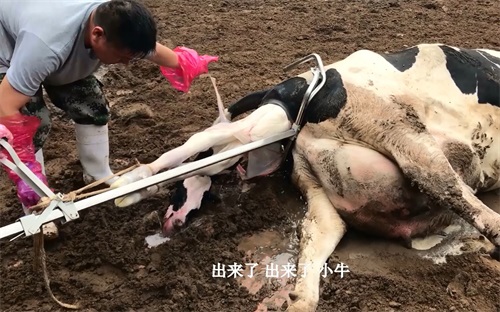Ultrasound technology has become a vital tool in both human and veterinary medicine. While the basic principles of sound waves creating images remain the same, there are key differences in how ultrasound machines are designed and used for humans versus animals. Whether you’re a veterinarian, a pet owner, or simply curious about medical technology, understanding these distinctions helps clarify why specialized equipment like BXL’s Veterinary ultrasound systems exists. Let’s break down the main variations step by step.

Equipment Design and Portability
Human ultrasound machines are typically built for clinical settings like hospitals or clinics. They focus on high-resolution imaging for specific body parts, such as the heart, abdomen, or reproductive organs. These devices often prioritize advanced software features and connectivity with hospital databases. In contrast, veterinary ultrasound systems need to adapt to a wider range of scenarios. For example, a vet might use a portable machine during farm visits to scan large animals like horses or cows. The design emphasizes durability, portability, and versatility to handle everything from tiny pets to livestock .
Variations in Frequency and Probes
The frequency of ultrasound waves differs based on the target species. Human machines usually operate within a narrow range optimized for human tissue depth and density. Veterinary ultrasounds, however, require adjustable frequencies. A higher frequency (e.g., 10-15 MHz) works for small animals like cats or rabbits to capture detailed images near the surface, while lower frequencies (2-5 MHz) penetrate deeper into larger animals like cattle. Probes also vary—linear probes for small animals and convex probes for larger ones—to accommodate different body shapes and sizes .

Applications in Veterinary vs. Human Medicine
In human healthcare, ultrasounds are primarily diagnostic tools for conditions like tumors, heart defects, or pregnancy monitoring. For animals, the applications extend further. Vets use ultrasounds not just for disease diagnosis but also for reproductive management, such as tracking ovulation in breeding programs or monitoring fetal development in livestock. This broader scope demands machines that can switch between modes (e.g., B-mode for structure imaging, Doppler for blood flow) quickly and efficiently .

User Training and Practical Use
Human sonographers undergo years of specialized training to interpret images accurately. Veterinary professionals, meanwhile, need expertise in multiple species. A vet might scan a dog’s liver one day and a goat’s uterus the next, requiring familiarity with diverse anatomies. To simplify this, veterinary ultrasound systems often include preset modes for common animals and intuitive interfaces to reduce the learning curve. BXL’s devices, for instance, offer customizable settings to streamline workflows for busy clinics .

Cost and Maintenance Considerations
Medical-grade human ultrasound machines are expensive due to their advanced features and regulatory compliance. Veterinary systems, while still sophisticated, are often more cost-effective. This is partly because they avoid certain regulatory hurdles specific to human medical devices. Maintenance also differs—veterinary machines are built to withstand rugged environments, like dusty barns or mobile clinics, which means they’re designed for easy cleaning and fewer repairs over time .

The Role of Technology Adaptation
Human ultrasound tech often leads the way in innovations like 3D imaging or AI-assisted diagnostics. However, veterinary systems adapt these advancements to meet unique needs. For example, a portable veterinary ultrasound might integrate battery-powered operation for fieldwork, a feature unnecessary in hospital-based human machines. Brands like BXL focus on bridging this gap by offering cutting-edge yet practical solutions tailored to veterinary workflows .
By understanding these differences, it’s clear why dedicated veterinary ultrasound systems are essential. They’re not just “human machines repurposed for animals”—they’re purpose-built tools that address the unique challenges of veterinary care. Whether you’re scanning a Chihuahua or a cow, having the right equipment ensures accurate diagnoses and better outcomes for our animal companions.








